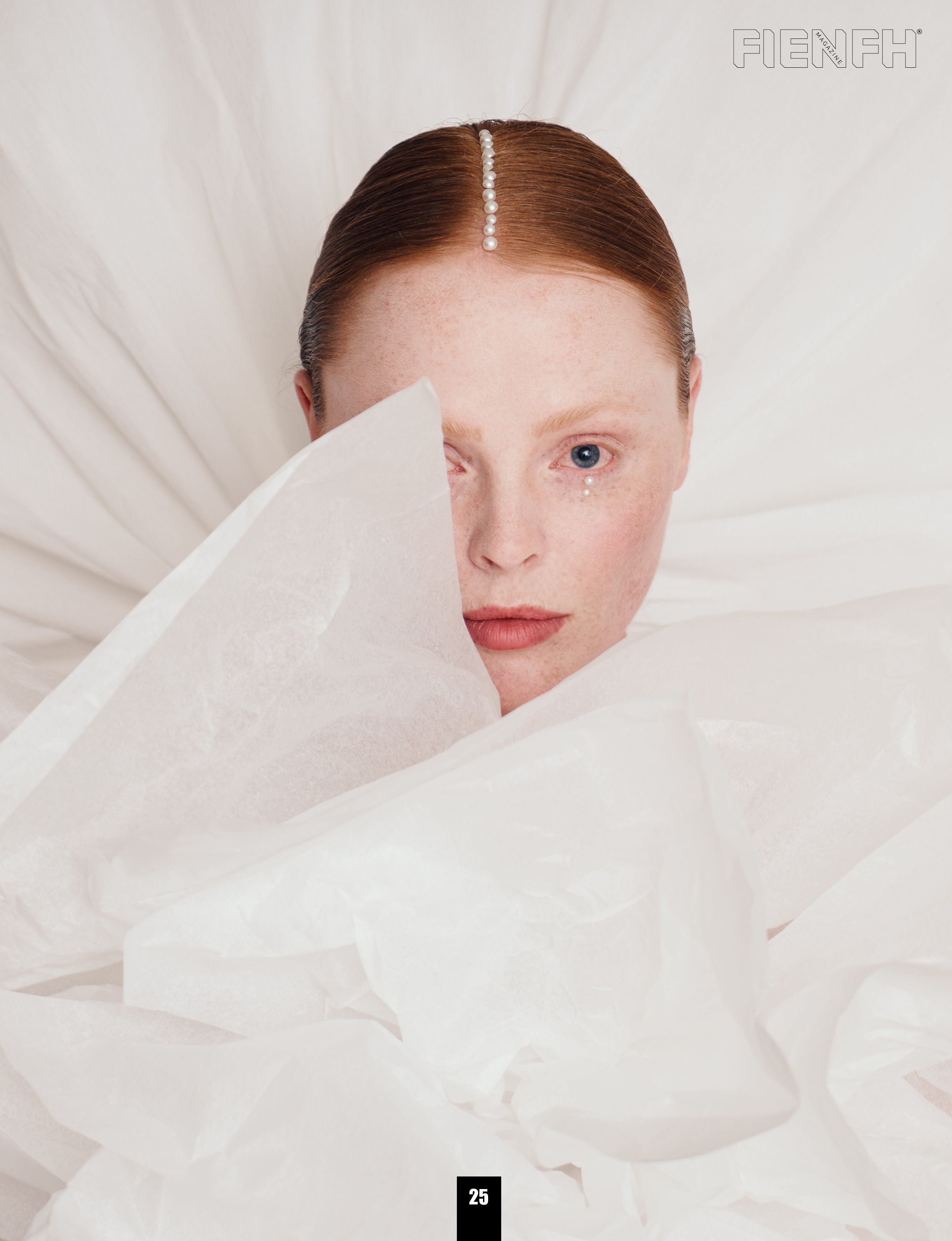Navigating the World of Fashion Photography: E-commerce, Lifestyle, and Editorial Explained
In the world of fashion photography, three distinct genres stand out: e-commerce, lifestyle, and editorial photography.
Whether you're a budding photographer looking to specialize or a client seeking the perfect fit for your project, understanding the differences between e-commerce, lifestyle, and editorial fashion photography is essential. Let's unravel the distinct characteristics of each to help you make informed choices.
They serve different purposes and employ unique approaches.
An editorial image for Gilt.
An example of a flat lay of a sweater for Billie Todd.
E-commerce Fashion Photography:
1. Focus on the Product: E-commerce photography's primary mission is to showcase products accurately and persuasively. It's about making the product the star of the show through clean, well-lit, and detailed shots. The goal is to help the viewer get an accurate sense of the product and encourage them to click that "Add to Cart" button.
2. Minimal Distractions: In e-commerce, the focus is on the product, necessitating minimal distractions. Achieved through simple backgrounds, consistent lighting, and precise angles, these elements ensure that the viewer's attention remains on the item for sale.
3. Consistency Matters: E-commerce images adhere to a consistent style and format, making them easily recognizable across an online store. Close-ups and multiple angles are common techniques employed to highlight product details.
4. Technical Precision: E-commerce photographers pay meticulous attention to detail, representing every color, texture, and feature accurately. This precision provides a clear and faithful representation of the product, aiding customers in making informed buying decisions.
Lifestyle Fashion Photography:
1. Real-Life Scenarios: Lifestyle photography places fashion in real-life settings, telling a story or conveying a relatable lifestyle. Models appear engaged in everyday activities, creating a sense of authenticity.
2. Commercial and Relatable: Lifestyle fashion photos are often used for advertising, social media marketing, and brand promotion. Diverse models and relatable scenarios connect with a broad audience.
3. Showcasing Wearability: It's not just about fashion; it's about how it fits into real lives and routines. Clothing is often paired with complementary products or elements to fit the depicted lifestyle.
Lifestyle fashion image shot for Rue La La on the streets of Boston.
Editorial image shot for a magazine feature
Editorial Fashion Photography:
1. Storytelling and Creativity: Editorial photography is an art form focused on narrative weaving, evoking emotions, and storytelling. These images often complement articles and features in magazines, blogs, and other publications. Unlike the standardized look of e-commerce, editorial photography embraces various styles and techniques, ranging from high-fashion extravagance to gritty street photography. The possibilities are limitless. Editorial images often incorporate elements of surroundings, context, and may feature models, landscapes, or props to convey specific moods or themes.
2. Diverse Styles and Themes: Editorial photographers enjoy the freedom to experiment with styles, lighting, and concepts. Editorial images aim to evoke specific moods, themes, or messages, often portraying models as integral parts of the storytelling process through unique poses and expressions.
For New Photographers: Do you have to specialize in just one?
New photographers often grapple with the decision of whether to specialize exclusively in one genre of fashion photography. While specializing can help you hone your skills and build a strong portfolio, it's not a strict requirement. In fact, many successful fashion photographers find value in versatility. Exploring various styles allows you to adapt to different client needs and expand your creative horizons. Starting with a primary focus and gradually incorporating other styles as you gain experience can be a strategic approach. Ultimately, your unique blend of skills and versatility can set you apart in the competitive world of fashion photography.
For New Brands: Do you need all three?
New brands entering the world of fashion often wonder if they need to engage in all three genres of fashion photography simultaneously. The answer depends on your brand's goals and resources. E-commerce photography is essential for showcasing your products effectively. Lifestyle photography can help you connect with your audience on a personal level. Editorial photography, while highly creative, may be reserved for special campaigns or brand storytelling. Many brands start with e-commerce and lifestyle photography to establish their presence and gradually incorporate editorial when the opportunity arises. The key is aligning your photography choices with your brand identity and marketing strategy.
In conclusion, understanding the distinctions between e-commerce, lifestyle, and editorial fashion photography is pivotal for photographers and clients alike. Whether you're seeking to sell a product, convey a relatable lifestyle, or create artistic narratives, each style serves a unique purpose in the dynamic world of fashion photography. So, choose the style that aligns with your vision, project goals, and audience, and let your fashion story unfold.
Ready to explore the world of fashion photography or enhance your brand's visual identity? Reach out to discuss how we can bring your vision to life through the lens. Let's collaborate and create stunning visuals that captivate your audience and tell your unique story.



